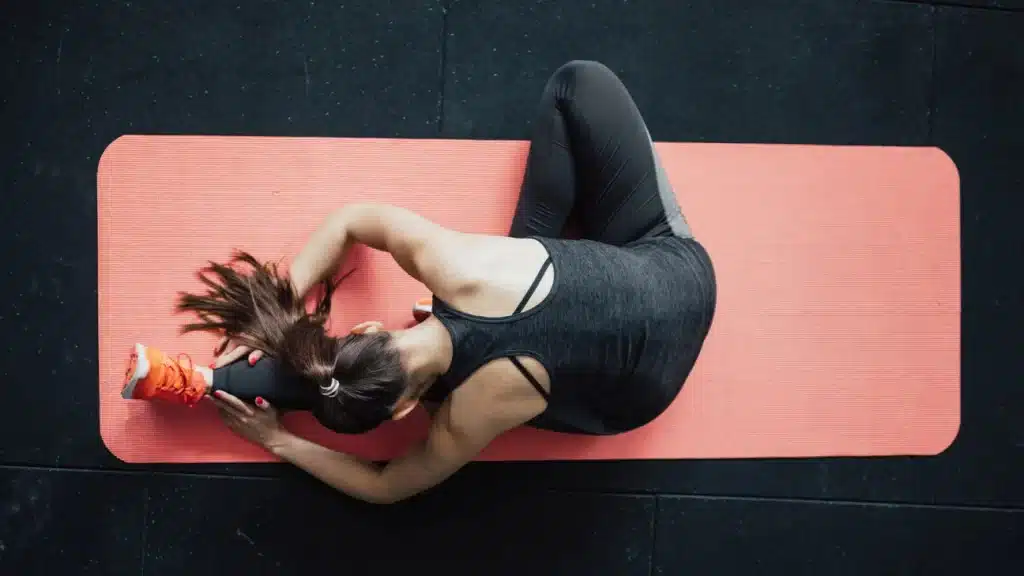Flexibility is essential for improving performance, avoiding injuries, and fostering long-term health and general fitness. Increasing your flexibility can greatly impact everyday motions and a variety of physical activities, including how you flex your back. To provide readers with thorough knowledge, this guide will cover key exercises and structural vocabulary, practical advice, and techniques for improving back flexibility.
Understanding Back Flexibility
Understanding back flexibility is important before diving into particular exercises and recommendations. Flex in the body refers to the range of motion (ROM) that a joint or set of joints can achieve. It refers to the muscles, ligaments, and intervertebral discs in the back and the spinal vertebrae that support and enable movement. Here are the benefits of flexibility exercises if you want to do them.
The Anatomy of the Back
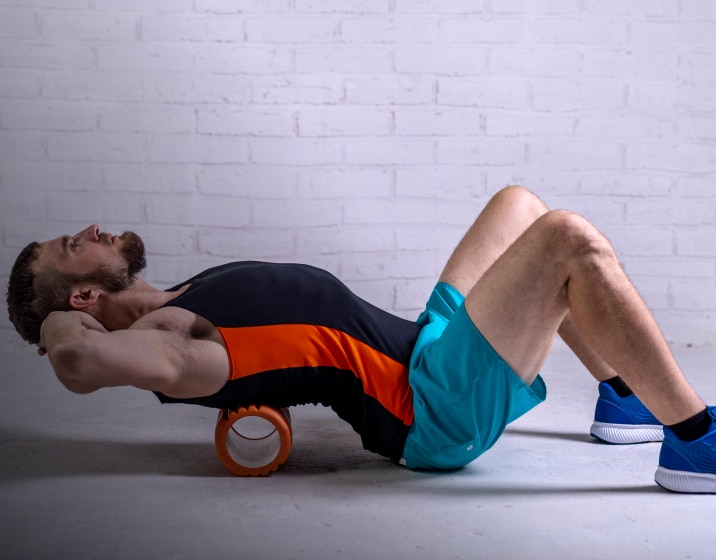
The spinal column, muscles, and connective tissues are some of the main components of the back. Three primary regions comprise the spine:
The seven vertebrae in the neck make up the cervical spine, which is the upper portion of the spine.
Twelve vertebrae in the thoracic spine, the middle part, are attached to the rib cage.
The lumbar spine supports most of the body’s weight, the bottom region of five vertebrae.
Muscles like the rhomboids, latissimus dorsi, erector spinae, and trapezius support these spinal regions, enabling movement and maintaining posture.
Tips for Better Back Flexibility
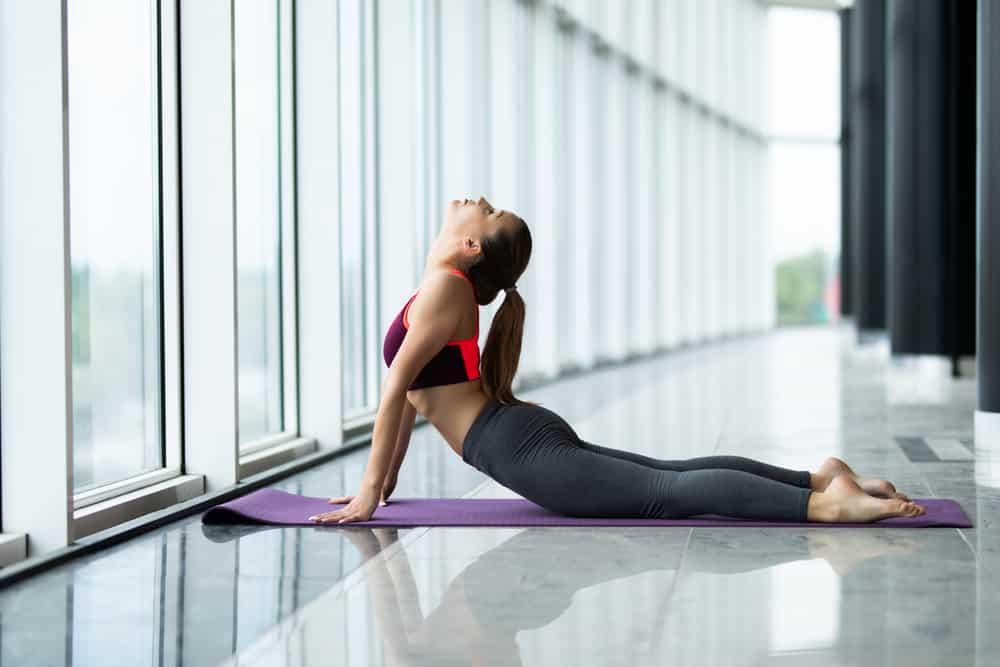
1. Stretching and Warm-Up
It’s important to warm up the muscles before performing any flex exercises to avoid injuries. For five to ten minutes, perform mild cardiovascular exercises like cycling, jogging, or walking to improve muscle blood flow.
Dynamic Stretching
Dynamic stretches have you working several body regions while progressively extending your reach, your pace, or both. Some excellent dynamic stretches for the back include:
Start the Cat-Cow Stretch on all fours. Alternate between sinking your back toward the ground (cow) and arching your back (cat).
Torso Twists: While maintaining a solid hip position, stand with your feet shoulder-width apart and twist your upper body in a circular motion.
2. Static Stretching
In static stretches, you hold a pose for a more extended time, allowing your muscles to lengthen and relax. Important static stretches that increase back flex are:
Child’s Pose: Extend your arms forward to stretch your back while kneeling on the floor and sitting back on your heels.
Seated Forward Bend: Maintain a straight back while sitting with your legs outstretched and reaching for your toes.
3. Incorporate Yoga
Yoga is a great way to increase back flex. Pose variations that target different back muscles, such as Downward-Facing Dog, Cobra Pose, and Bridge Pose, increase flexibility and strength.
4. Strength Training
Strengthening the muscles surrounding the spine can improve back flex overall. Your main focus should be exercises that work the dorsi latissimus, erector spinae, and other back muscles.
Use your hamstrings, glutes, and lower back during deadlifts.
Rows: Build muscle in the middle and upper back.
Supermans: While lying face down, raise your legs and arms off the floor while using your whole back.
5. Consistency and Progression
Progress must be made gradually and with constant effort to increase back flexibility. Try to work on your flexibility at least three times a week. As your flexibility increases, you should progressively increase the length and intensity of your stretches.
6. Proper Posture
Sustaining good posture during the day might also help to improve back flexibility. Pay attention to how you sit and stand; don’t lean, and ensure your spine is straight.
7. Hydration and Nutrition
Maintaining hydration and eating a well-balanced diet full of vital nutrients helps maintain muscle flexibility and function. Ensure you consume adequate water, vitamins, and minerals to maintain muscle health and suppleness.
Understanding the Role of Triceps in Back Flexibility
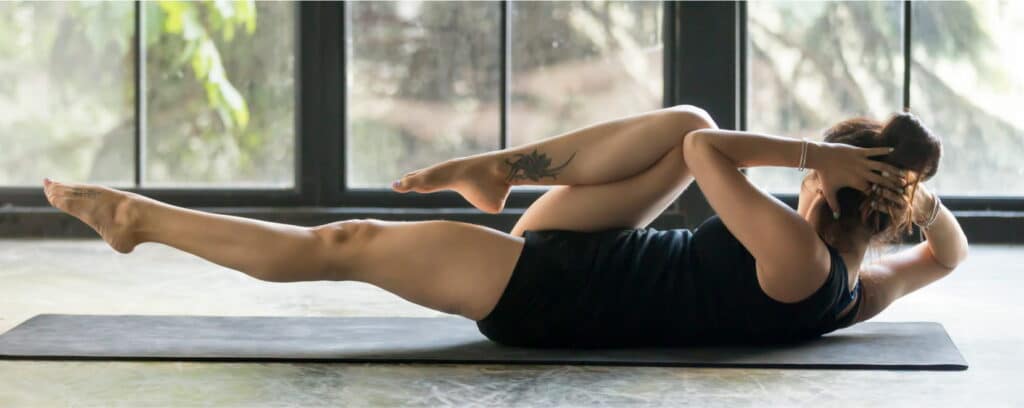
Even though back flexibility is the main focus, knowing how the body’s musculature is interconnected is crucial. The triceps on the upper arm are necessary for arm motions in general and have an indirect effect on back flexibility.
The Triceps Anatomical Structure
The big muscle at the back of the upper arm, the triceps brachii, is in charge of elbow extension. There are three heads to it:
Head Length, Head Side, Head Center
Together, these heads enable elbow extension and support the shoulder joint when the arm is moved.
Key Movements Involving Triceps
Flexing and extending the triceps is essential for many upper-body movements, particularly back-related ones. Comprehending these motions can help create a well-rounded exercise regimen.
Elbow flexion: This exercise uses the biceps mostly, although the triceps stabilize the movement.
Elbow Extension: The triceps are the main muscles involved in pushing motions and general arm power.
Exercises to Strengthen Your Triceps
Exercises for back flexibility can be enhanced by strengthening the triceps, guaranteeing balanced muscular growth. Important exercises consist of:
Tricep Dips: Lower your body to engage your triceps by using parallel bars or a stable surface.
Tricep Pushdowns: Focus on your triceps while performing pushdowns on a cable machine.
Extensions of the Overhead Triceps: Raise a dumbbell or barbell above your head and bring it down behind your head to activate your triceps.
For tricep enthusiasts aiming to build stronger arms with dumbells, let’s explore the 13 Best Dumbbell Tricep Exercises. From skull crushers to tricep kickbacks, these exercises target all three heads of the tricep for maximum growth and strength. Enhance your workout routine and see impressive results with these effective moves
Combining Flexibility in the Back with Triceps
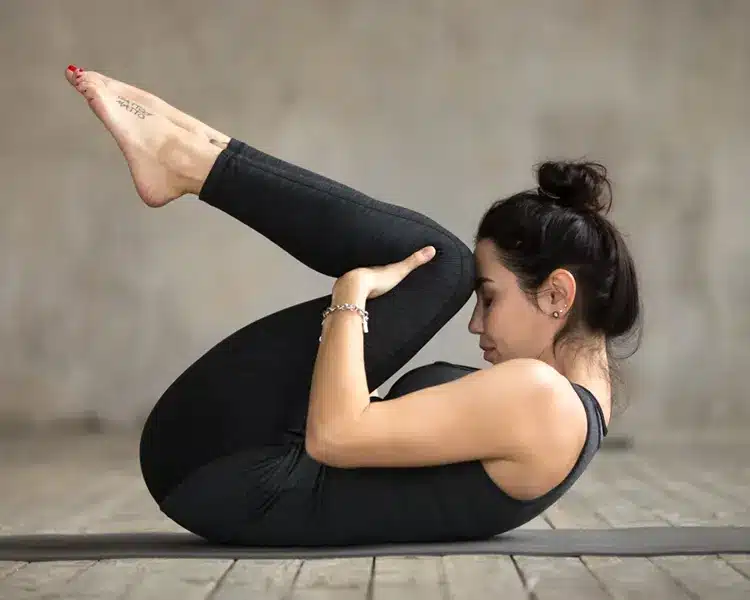
Exercises for the triceps combined with back flexibility exercises can offer a complete upper-body training program. Here’s how to combine the two:
1. Compound Movements
Include exercises that strengthen and flex the upper body by focusing on the triceps and back.
Pull-Ups: Use your triceps as stabilizers and your back and biceps as your main muscles.
Push-Ups: Build upper body strength using your shoulders, triceps, and chest.
2. Functional Training
Functional training promotes general body coordination and flexibility by using motions that resemble everyday tasks.
Medicine Ball Throws: To work your shoulders, triceps, and back, toss an overhead medicine ball.
Resistance Band Rows: Attach a resistance band to a stable surface and perform rows, targeting the back and triceps.
3. Stretching and Mobility
Include mobility and stretching exercises that work your triceps and back.
Stretch your triceps by extending one arm overhead, bending the elbow, and then pushing the elbow down with the other hand.
Upper Back Stretch: To stretch your upper back, gently move your head forward by connecting your fingers behind it.
Advanced Techniques for Flexibility
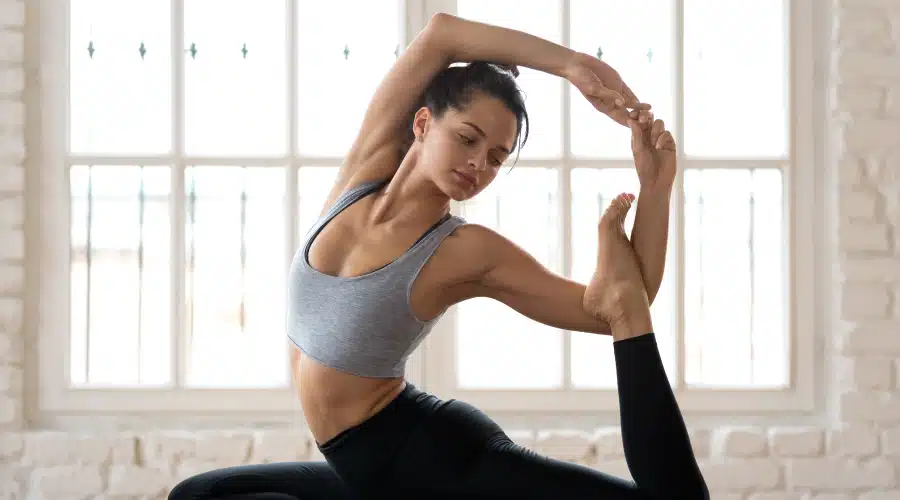
More advanced methods and exercises can offer even more advantages for people who want to increase their back flexibility.
1. PNF Stretching
To improve flexibility, proprioceptive neuromuscular facilitation (PNF) stretching cycles between contracting and releasing muscles. This is a very useful method for improving flexibility in the back.
2. Foam Rolling
Foam rolling is a self-myofascial release technique that promotes flexibility and eases tense muscles. Concentrate on tense areas with a foam roller to relieve tension in the back muscles in order to flex your body.
3. Pilates
Pilates is a low-impact training technique that prioritizes body awareness, flexibility, and core strength. Numerous Pilates exercises focus on the back and have a major positive impact on strength and flexibility.
4. Advanced Yoga Poses
Advanced yoga positions like Wheel Pose and King Pigeon Pose can help improve back flexibility and offer deep stretches for practitioners with a strong foundation.
5. Including Motor Units in Instruction
Motor units are essential for muscles to be flexible and operate properly. One motor neuron and its innervated muscle fibers comprise a motor unit. Training to activate more motor units can improve muscle strength and coordination, improving flexibility.
6. Recognizing the Shoulder Blades’ Function
The scapulae, or shoulder blades, are essential to upper body movements and impact back flexibility. Exercises targeting the back and triceps require proper mobility and stabilization of the shoulder blades. Concentrate on scapular retractions and protractions and other exercises that enhance scapular mobility and stability.
Detailed Exercises and Techniques
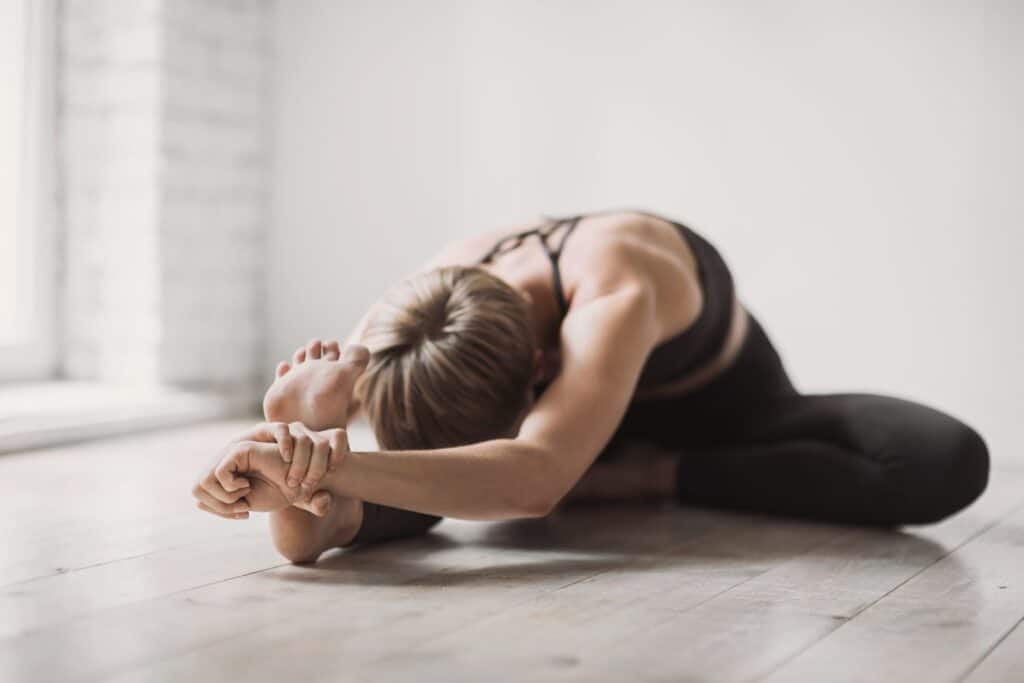
1. Protractions and Retractions of the Scapula
Scapular Retractions:
- Squeeze your shoulder blades together.
- Hold for a few seconds.
- Release the pressure while sitting or standing with a straight back.
Scapular Protractions: Extend your arms forward, pushing your shoulder blades apart, holding, and releasing.
2. Arm Extensions
One arm should be extended straight out in front of you while standing with your feet shoulder-width apart. Lift the arm slowly until it is parallel to the ground. Hold it, then return to your original position.
Tricep Extension: To work your triceps when flex your body, stretch your arm overhead and bring it down behind your head using a dumbbell or resistance band.
3. Understanding the Olecranon Process
The bone extension of the ulna at the elbow joint is known as the olecranon process. The triceps tendon attaches there, enabling elbow extension. An accurate comprehension of its structure can reduce the risk of injury and improve the results of triceps exercises.
4. Flex Your Triceps
Stretch your arm straight out, extend your elbow to tense your triceps, and hold the flexed posture to execute a tricep flex stance. This stance allows you to assess the development and activation of your muscles.
Combining Flexibility with Strength
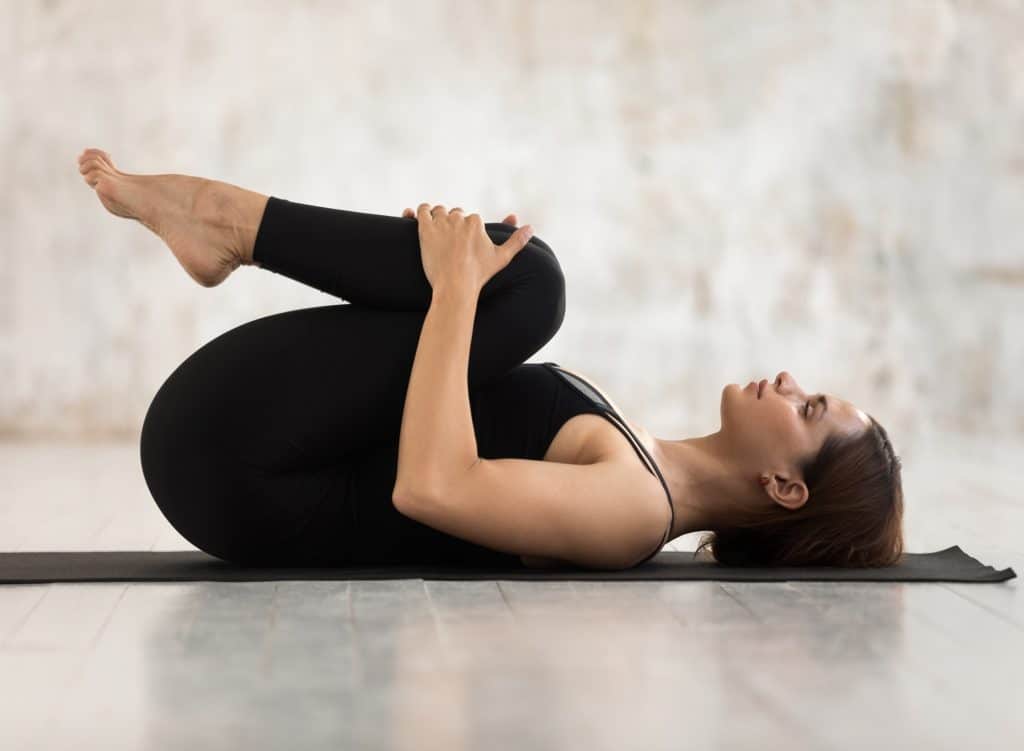
1. Superset Training
Performing two exercises back-to-back with little to no break in between is known as superset training. Combine a tricep strength workout with a back flexibility exercise for maximum benefit.
Example Superset: Perform a Child’s Pose for back flexibility followed immediately by Tricep Dips.
2. Circuit Training
Circuit training is a set of exercises done one after the other with little to no downtime. Make a circuit with workouts for tricep strength and back flexibility.
Trench dips with a front bend while seated and facing downward
3. The Mind-Muscle Link
Cultivating a strong mind-muscle connection can make strengthening and stretching activities more effective. Pay attention to the muscles being worked during each exercise to ensure correct form and activation.
4. Recovery and Rest
A certain amount of rest and recovery is necessary for muscle development and increased flexibility. Ensure you’re receiving sufficient rest days in addition to your exercise routine.
Common Mistakes and How to Avoid Them
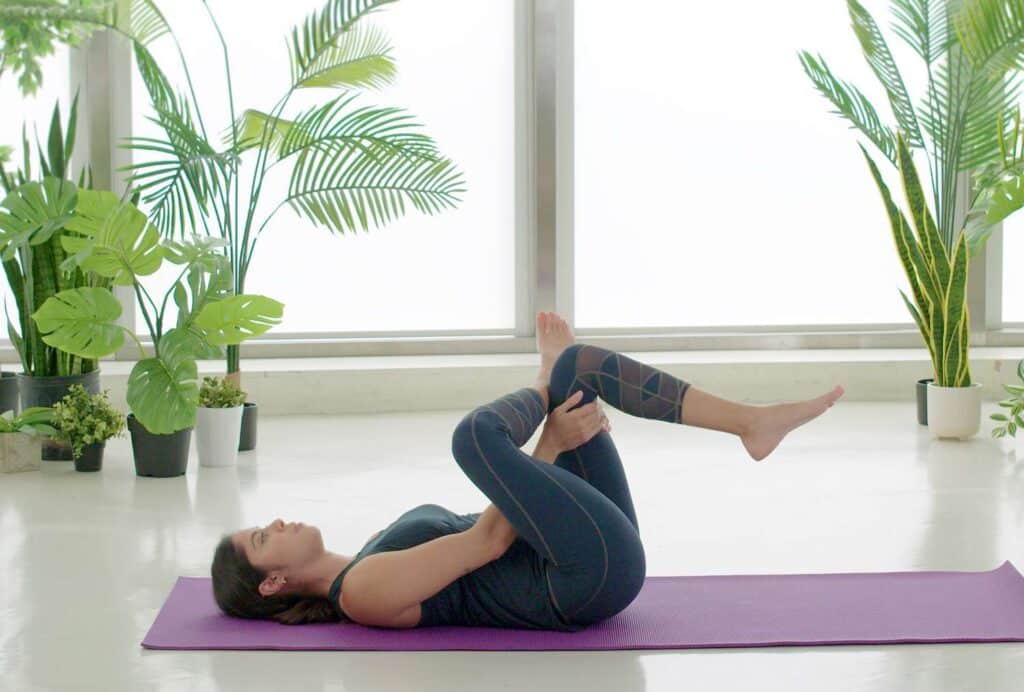
1. Excessive stretching
Overstretching can result in injuries and muscular strains. Refrain from overexerting yourself and pay attention to your body. Stretching should be done longer and more intensely over time.
2. Neglecting Warm-Up
When a warm-up is skipped, the chance of injury can rise. Proper warm-up is the first step towards getting your muscles ready for exercise.
3. Improper Form
Exercises performed incorrectly can be less beneficial and can cause injury. Correct form and technique are essential for every workout.
4. Inconsistency
irregularity. Maintain a consistent exercise schedule that includes strength and flexibility training thrice weekly.
5. Ignoring Muscle Imbalances
Unbalanced muscles can impact strength and flexibility. Make sure you treat any imbalances and train every muscle group equally.
Conclusion
Achieving better back flexibility requires a combination of stretching, strength training, and understanding the interconnectedness of various muscle groups, including the triceps. You can improve your upper body strength and back flexibility by combining advanced techniques, strength exercises, and dynamic and static stretches.
Always pay attention to your body and move at a speed appropriate for your current fitness level. With regular practice, you’ll notice changes in your flexibility, strength, and general well-being; consistency is crucial. Accept the path to increased flexibility and reap its advantages for your everyday existence and physical pursuits.
Understanding the anatomy and movements of the triceps and incorporating them into your training regimen will help you design a well-rounded fitness program that enhances strength and flexibility. This all-encompassing method will improve your general health, quality of life, and physical performance.

